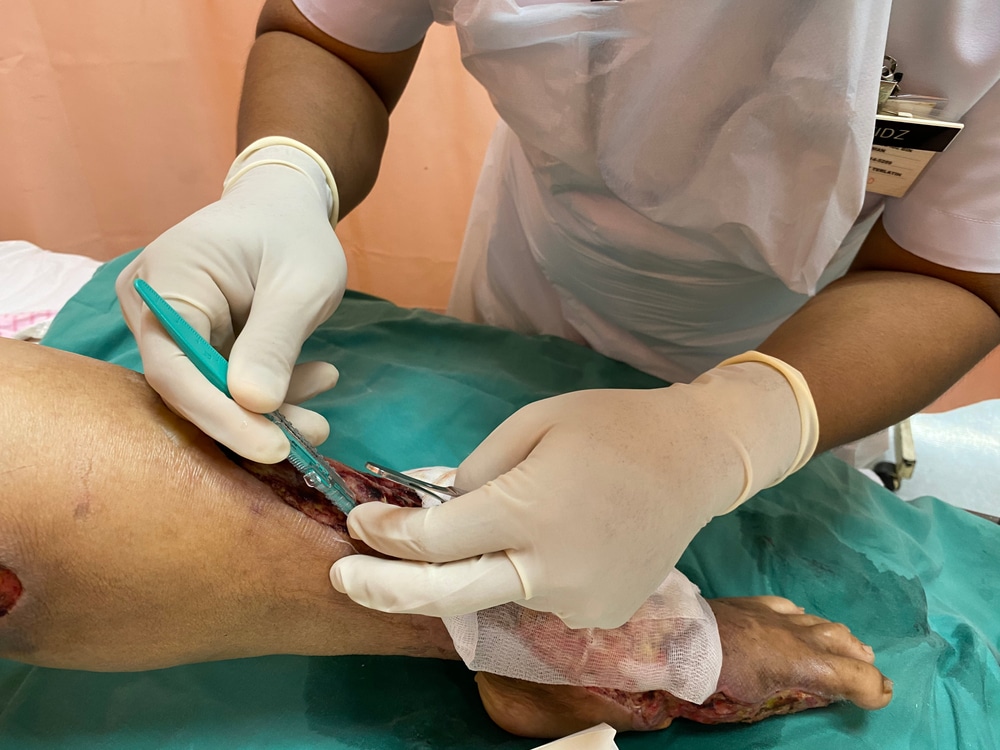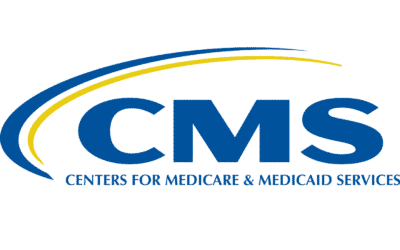More and more clinicians are telling me that they are being audited for debridement charges. This is a big problem if debridement charges are the economic engine of a wound center. I am in the Novitas jurisdiction and their Local Coverage Determination for wound care says that only “a minority” of beneficiaries require more than 8 surgical excisional debridement services involving subcutaneous tissue, and only 5 involving muscle, fascia or bone, over 360 days. Is that true?
I decided to look at this with US Wound Registry (USWR) data. A few years ago, we did a quick analysis using raw data on all patients with wounds, regardless of how long they were in service or what their outcome was. That can skew the results, because patients who transfer their care or are lost to follow-up will have an artificial reduction in the number of debridements they receive over 360 days because their length of time in service is so short. The opposite is true for patients who heal very slowly, or keep returning with new ulcers.
I know that lots of papers have proven the value of debridement in wound healing and that is true. However, sometimes the debridement needed is relatively superficial and involves only slough and debris, as opposed to subcutaneous tissue or deeper structures. Right now, we are talking about the level of debridement that is billed. Analyzing the USWR data from 2011 through 2016, what we found, as depicted in the table below, is that the average number of subcutaneous debridements per wound, per patient over a 360-day time frame, is less than 5. For muscle debridements, the average number of debridements per patient is only 2.29, and for bone debridements, less than 1.76. Even the sum of muscle and bone debridements together are less than 5 per patient (on average). Thus, USWR data suggests that the utilization guidelines in the Novitas LCD are reasonable.
US Wound Registry (USWR) Data: Average number of Debridements per patient at that tissue level over 360 days
| Code | Patients | Procedures | Procedures per Patient | |
|---|---|---|---|---|
| SubQ | 11042 | 83,214 | 382,558 | 4.60 |
| Muscle | 11043 | 10,337 | 23,686 | 2.29 |
| Bone | 11044 | 4,261 | 7,480 | 1.76 |
| Total | 14,598 | 413,724 |
The Novitas LCD on Wound Care clearly says, “When services are performed in excess of anticipated peer norms, based on data analysis, the services may be subject to prepay or post pay medical review.” How can you tell if your services are in excess of peer norms? The only way is by comparing your data with your peers. It is possible for the US Wound Registry to create benchmarking reports for Intellicure users that allow providers and hospitals to compare various wound care metrics against the national aggregate. Benchmarking reports allow you to determine whether your frequency of debridement services is higher or lower than the rest of the country. Benchmarking allows you to visualize whether your activities might raise a red flag with a RAC auditor, since we know they have been auditing debridement services.





